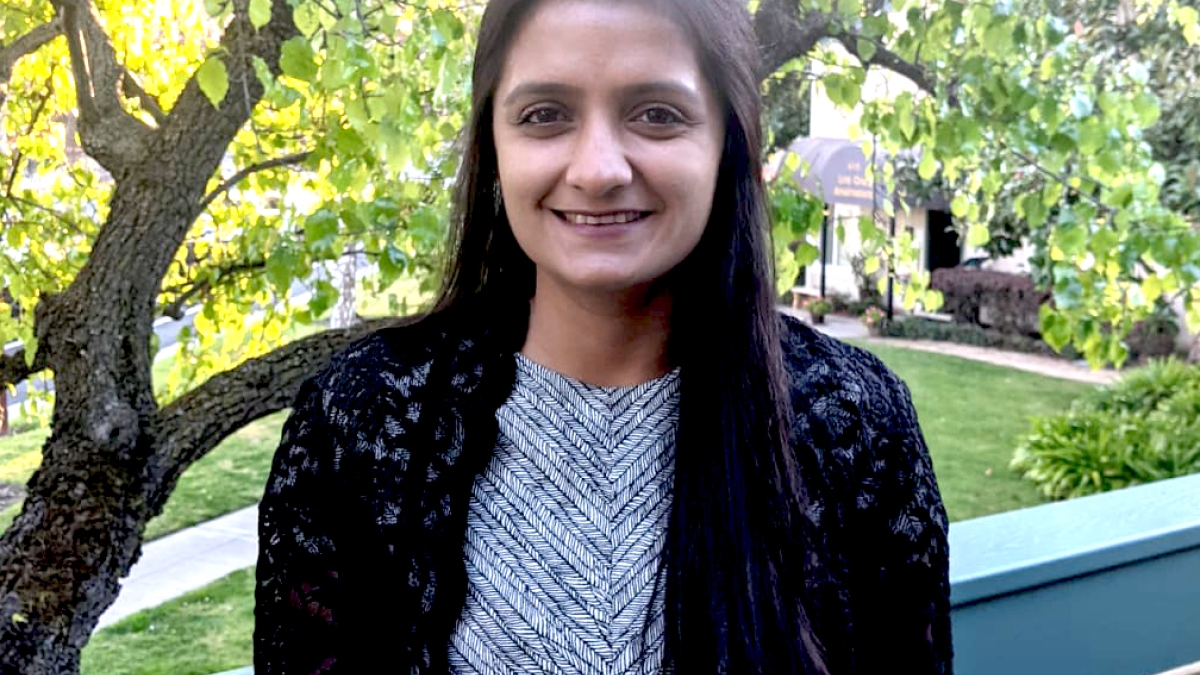ASU student recognized for research on a geographical conundrum

Mehak Sachdeva
With the rise of new technologies and techniques to manipulate, extract, locate and analyze geographic data, Arizona State University School of Geographical Sciences and Urban Planning graduate student Mehak Sachdeva cautions that when interpreting results from analyses, you should consider the scale at which that analysis was done.
Sachdeva, a geographic information sciences PhD candidate, was awarded third place in the John Odland Award national student paper competition hosted by the Spatial Analysis and Modeling Specialty group at the American Association of Geographers 2022 Annual Meeting.
In her paper, titled “A Geographical Perspective on Simpson’s Paradox,” Sachdeva interrogates a statistical conundrum that has largely remained undiscussed in spatial science.
“The Simpson’s Paradox by itself is possible in any kind of data, but this is one of the few papers where we talk about it in terms of geographical data,” Sachdeva said. “This may be the first study that makes a comparison between global and local models to explore an instance of geographical Simpson’s Paradox.”
The Simpson’s Paradox is a statistical phenomenon where the results of aggregated data analysis are different or contrasting to those with data that are disaggregated.
Sachdeva and her co-author Stewart Fotheringham, Regents Professor in the School of Geographical Sciences and Urban Planning, explored the classic problem through two case studies, including measuring the impact the age of houses had on their house price in King County, Washington.
When analyzing housing data at a county scale — using a local regression technique called Multi-scale Geographically Weighted Regression (MGWR) — researchers found that newer houses were worth more than older houses at the neighborhood scale; but when the same data were grouped and analyzed for the entire study area — using Ordinary Least Squares regression (a common global regression technique) — the exact opposite was found; as the average age of houses increased, the average value also increased.
Even when using the same data set and analyzing the effect of the same variable, the age of a housing unit on its value, the way information was spatially grouped and analyzed gave completely opposite results.
Sachdeva affirms that neither types of analyses are right or wrong, but rather it’s important to have the awareness that Simpson’s Paradox can occur in spatial analysis and should be better understood when interpreting results to inform decision-making.
“It's very common for people to do a global analysis and to apply those results to interpret trends for individual houses in a neighborhood (often termed as ecological fallacy), and that's something that we inherently should not be doing,” she said. “Finding two contrasting results between the application of global and local models is totally normal and understandable if you know how to interpret the results.”
The American Association of Geographers John Odland Award national student paper competition was open to undergraduate and graduate students across the nation, and entries were judged on their research’s potential contribution to the use of mathematical models, statistical techniques, and other technological and computational approaches for analyzing spatial phenomena in any subfield of geography.
“I am honored to receive the award and for the recognition,” Sachdeva said. “The Spatial Analysis and Modeling specialty group is a great cohort of students, postdocs, faculty and professionals with a shared interest in spatial analytics, and it has been truly rewarding to be a part of it over the past few years.”
Sachdeva encourages other students from ASU to be a part of the growing spatial analysis community and to participate in future research paper competitions.
“I feel communities such as the Spatial Analysis and Modeling Specialty group provide incredible platforms to present research,” she said. “More representation from (ASU) would be great. It’s an incredible platform to gather feedback and have an insightful discussion with a valuable cohort of researchers similarly interested in spatial analytical problems.”
More Environment and sustainability

A 6-month road repair that only takes 10 days, at a fraction of the cost? It's reality, thanks to ASU concrete research
While Arizona’s infrastructure may be younger than its East Coast counterparts, the effects of aging in a desert climate have…

Mapping DNA of over 1 million species could lead to new medicines, other solutions to human problems
Valuable secrets await discovery in the DNA of Earth’s millions of species, most of them only sketchily understood. Waiting to be…

From road coatings to a sweating manikin, these ASU research projects are helping Arizonans keep their cool
The heat isn’t going away. And neither are sprawling desert cities like the metro Phoenix area.With new summer records being set…

